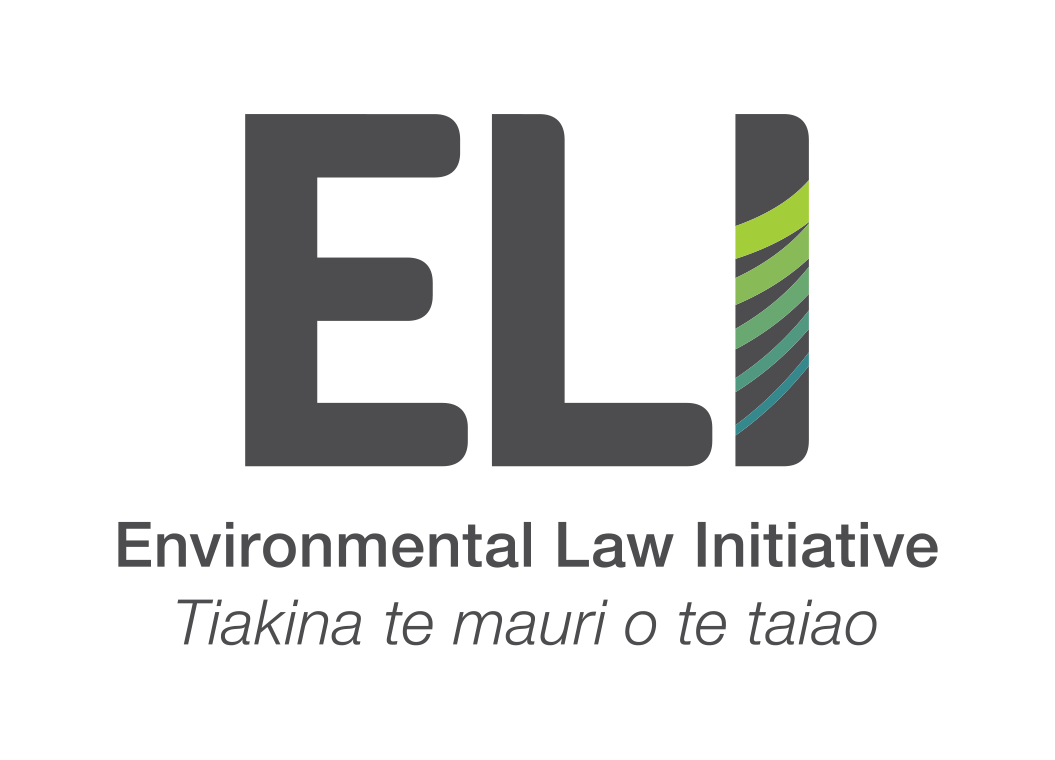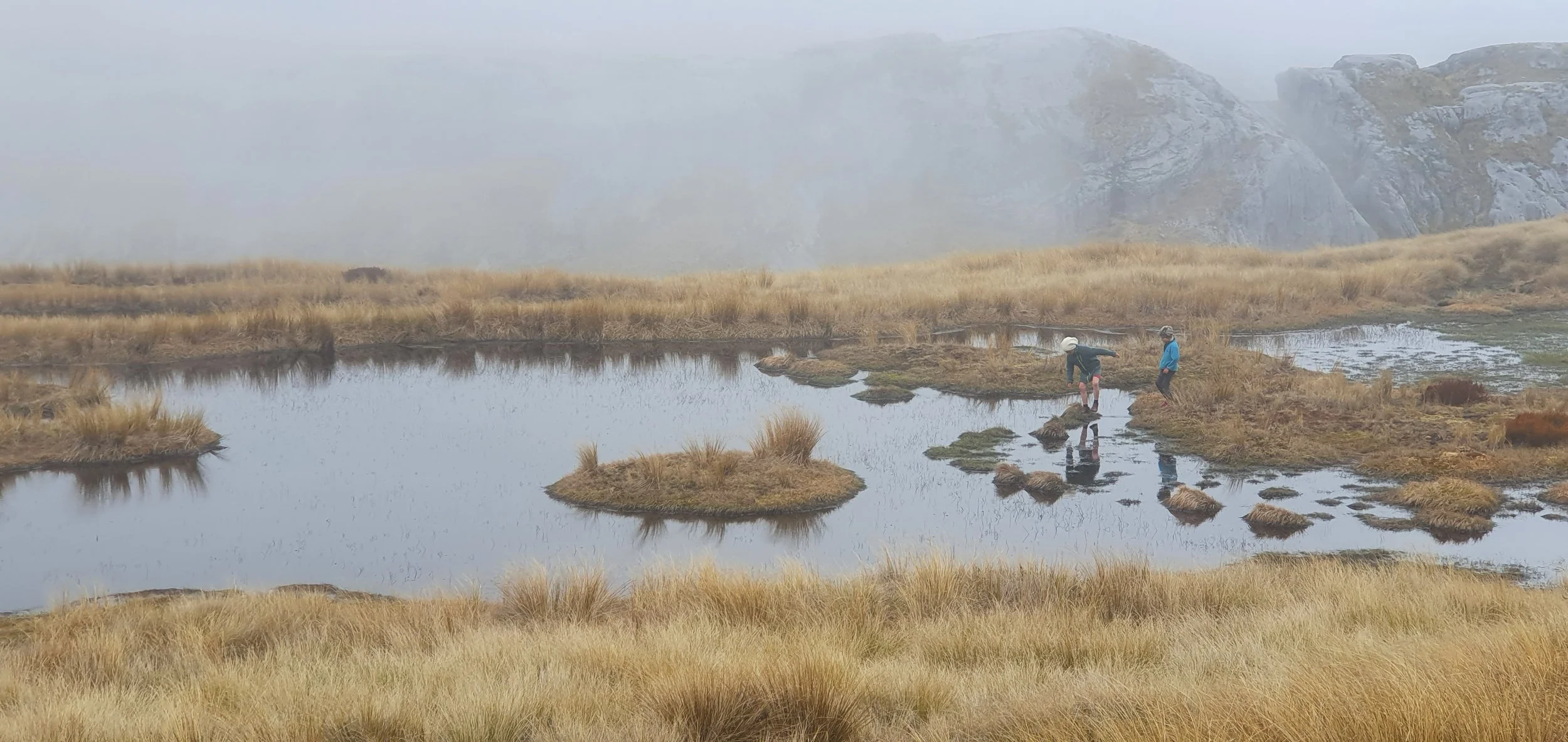Leveraging wetlands in NZ’s climate change response
Much of our climate change response - both globally and nationally - has relied rather ambitiously upon the potential of new technologies to reduce emissions (for example, the widespread uptake of electric vehicles). However, an unparalleled resource for climate change mitigation is right under our noses, and yet it remains largely snubbed by climate policy to date.
Wetlands - particularly peat wetlands - cover about 3% of the earth’s land surface and store as much carbon as all of the world’s forests combined. Healthy wetlands also perform a range of other impressive functions - acting as natural water purifiers, buffers for tsunamis and floods, and essential habitats for a diversity of native birds, fish, invertebrates and plants to thrive.
But such benefits only apply so long as wetlands remain wet. When wetlands are drained to make way for land use, the huge amounts of carbon stored in the habitat are slowly released into the atmosphere, accelerating climate change. In NZ, since Pākehā arrival, more than 90% of our wetlands have already been lost to agricultural development.
The conservation of healthy wetlands and restoration of drained wetlands will play a critical role in reducing NZ’s emissions.
However, contrary to advice from the Climate Change Commission, the emissions reduction plan discussion document does not include any consideration of wetlands’ role in reducing Aotearoa’s emissions.
ELI recommends that the emissions reduction plan include the development and application of a holistic plan approach to restore drained wetlands, particularly peatlands, and improve the protection of remaining wetlands. This plan should involve working closely with tangata whenua to explore alternative land uses in their rohe, as is already being explored by Māori collectives across the country. ELI’s recommendations include:
Capturing wetlands and drained wetlands in emissions accounting
Strong rules for wetland protection and strengthening enforcement, monitoring and compliance to those rules
Increased investment in wetland research
Promotion of innovative and alternative uses of historical wetlands that have been drained and converted for pastoral agriculture
More details on ELI’s recommended actions are outlined in our submission, which you can read below.


